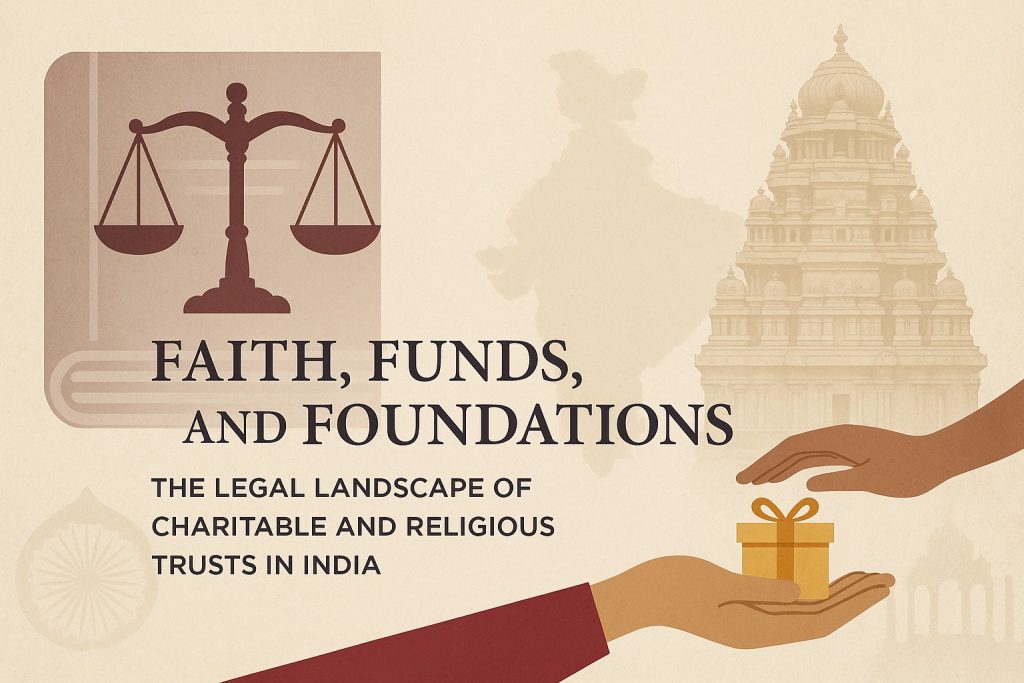MUMBAI: The last quarter (January-March) of financial year 2019-20 was quite fruitful for banks in terms of stressed asset resolution and recovery under the Insolvency and Bankruptcy Code (IBC), realising 64% of their dues. This was primarily led by ₹23,223 crore coming from the resolution of Jaypee Infratech Ltd.
While Jaypee’s insolvency proceedings began in August 2017, the resolution plan was approved just two months ago, state-owned NBCC emerging as the successful buyer of the troubled company. The resolution plan approved in Jaypee Infratech has been challenged before the National Company Law Appellate Tribunal (NCLAT).
The realisation ratio (realisation as a percentage of dues) in the March quarter is higher than the total realisation ratio since the beginning of IBC at 46% and also higher than that of the December quarter of FY20, showed data from the Insolvency and Bankruptcy Board of India (IBBI). It was at 12.16% in the December quarter. These realisation numbers are based on resolution plans approved by bankruptcy tribunals and do not necessarily mean that banks have recovered the dues.
The average time taken for competition of the resolution process is 375 days, showed IBBI data. But last-minute litigations have plagued the system. Take the instance of Essar Steel. While IBC prescribes for asset resolution to happen within 330 days, Essar Steel’s resolution and sale to Arcelor Mittal took 866 days.
This resolution plan of Jaypee Infratech has almost single-handedly increased the aggregate realisation for financial creditors or lenders. Then there were assets resolutions that have led to frugal recovery for banks. For instance, in the case of Zion Steel Ltd, banks will recover ₹15 crore of the outstanding debt of ₹5,367 crore.
Since finance minister Nirmala Sitharaman announced that there will be no fresh cases in the IBC for the next one year, bankers have been worried about drop in resolutions. Mint reported on 18 May that lenders are concerned over deteriorating asset quality post covid-19 and also hamstrung with regard to resolution in the absence of IBC.
Rajesh Narain Gupta, managing partner, SNG & Partners believes that suspending IBC for one year may not be a good idea. Instead, Gupta said, each bank could have been directed to form a committee and decide on legal action under IBC depending upon the credentials and performance of the borrower and on whether the default is attributable to covid-19.
“The blanket ban may give a tool in the hands of unscrupulous borrowers to delay and defeat the objects of IBC. What happens to the cases which were doubtful or bad before covid-19 and where the borrower may take undue advantage. What kind of alternate remedy the lender will have is not clear,” said Gupta.
According to IBBI, about 56.98% of the corporate insolvency resolution processes (CIRPs), which were closed, ended in liquidation, as compared to 13.77% ending with a resolution plan. However, 72.46% of the CIRPs ending in liquidation (637 out of 879) were earlier with Board for Industrial and Financial Reconstruction or defunct and the economic value in most of these cases had already eroded before they were admitted.
As of 31 March, the total cases admitted under IBC stood at 3,774, of which 1,646 companies were referred to the tribunal by lenders and 1,874 by operational creditors. Operational creditors are those who are seeking to recover their dues with respect to goods or services that they have provided to the company.


